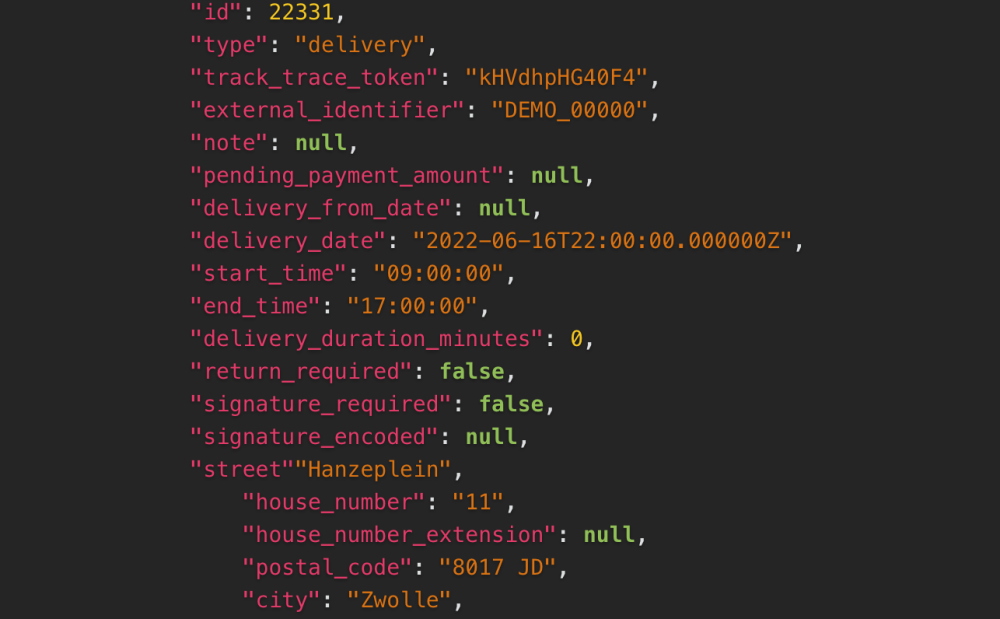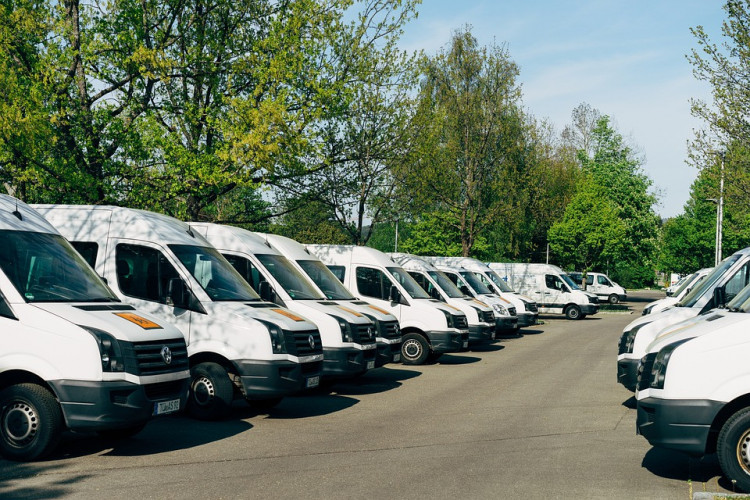Trends in planning software for 2025
1. Hybrid and cloud-based solutions for maximum flexibility
The shift to the cloud has been happening for years, but in 2025 we will see an increase in hybrid solutions in particular. Here, companies combine the convenience of cloud-based scheduling software with the control of on-premise systems. This provides additional flexibility and security, especially for companies handling sensitive data.
Cloud-based software allows schedules to be updated and shared in real time, regardless of location. This not only promotes collaboration within teams, but also ensures that companies can respond immediately to changes in planning or logistics. Thus, RouteLogic can be used on both desktop and mobile devices, allowing planners to access their schedules anywhere, anytime.
2. AI and machine learning for advanced forecasting
AI and machine learning continue to revolutionise the way businesses use planning software. By 2025, AI will not only recognise trends, but also independently generate optimised planning scenarios based on changing conditions.
Think of AI automatically planning the most efficient routes for delivery services, taking into account traffic congestion and making real-time adjustments. Or machine learning algorithms that predict when additional staff are needed based on historical data and seasonal trends.
Companies that integrate AI into their scheduling software can largely automate their processes and proactively respond to unforeseen circumstances. This not only saves time and costs, but also increases planning reliability. For example, Bakery Schuld was able to save 30% in time. Fast route planning enabled another dream to be realised, namely a second delivery time on a day.
3. Fully integrated systems: ERP, CRM and API links
In 2025, companies will increasingly choose planning software that is fully integrated with other systems, such as ERP and CRM software. This ensures seamless data flow and helps companies respond faster to customer needs, optimise inventory management and streamline operational processes.
A key development is the emergence of open APIs, which make it easier for companies to link different software tools without expensive customised solutions. This allows companies to respond flexibly to changes and set up their IT infrastructure more efficiently. RouteLogic can be integrated with various software. For example, it is possible to import orders with standard and customised links, as well as from Excel. No matter which order processing software you use, it can be interfaced with RouteLogic.
4. Modular and scalable software solutions
Companies are constantly growing and changing and their planning software needs to keep up with this. The future lies in modular software solutions, where companies choose only the functions they actually need. This not only ensures cost savings, but also a flexible and scalable solution that grows with the business.
Think of planning software that can easily be extended with additional modules, such as advanced route optimisation, personnel management or inventory planning. This allows the software to be tailored to specific business needs without paying for features that are not used. With RouteLogic, you pay per vehicle per month and have the option to add add-ons, such as scanning with the driver app or driving multiple trips in a day with a vehicle. It is also possible to scale up and down the number of vehicles per month. Especially useful when you want to use a larger fleet during peak times.
5. Automation and chatbots for more efficient scheduling
Repetitive tasks, such as scheduling employees or adjusting routes when changes occur, can increasingly be automated. Scheduling software uses chatbots and advanced automation systems to perform these tasks quickly and flawlessly.
A key trend in 2025 is the emergence of voice-activated assistants within scheduling software. This allows planners to easily make changes via voice commands, making the workflow even more efficient. In addition, more and more companies are using low-code/no-code automation tools, which allow them to customise their scheduling software without technical knowledge.
How planning software is shaping the future of businesses
Planning software plays a crucial role in the way companies organise their day-to-day operations. The latest innovations not only make for more efficient planning, but also help companies respond faster to market developments and customer expectations.
1. Smarter route planning for logistics companies
In the logistics sector, route optimisation is becoming increasingly important. With the emergence of zero-emission zones and stricter environmental regulations, companies need to plan their routes smarter to save costs and comply with regulations. Modern planning software automatically takes this into account and schedules routes that cover the shortest distance while complying with all laws and regulations.
2. Data-driven decision-making
Companies are collecting more and more data, but without the right tools, it remains untapped. In 2025, we see a shift towards real-time data analytics, where companies can optimise their planning instantly based on up-to-date information. This will lead to faster decision-making and improved efficiency.
3. Better customer communication through advanced tracking
Customer expectations are increasing, especially in terms of delivery and service. Scheduling software that integrates with track-and-trace systems and provides dynamic time windows ensures that customers receive real-time updates on their delivery. This not only increases customer satisfaction, but also reduces the number of customer service queries.




